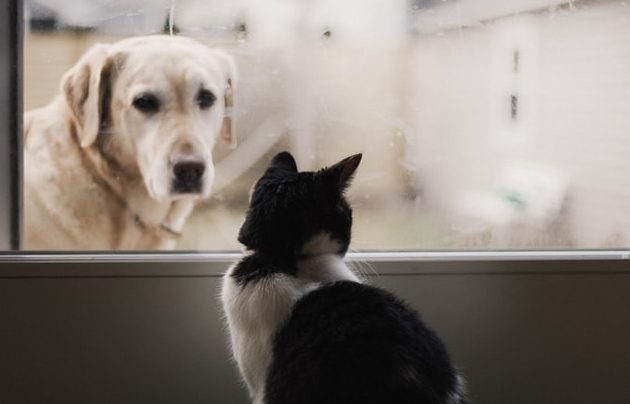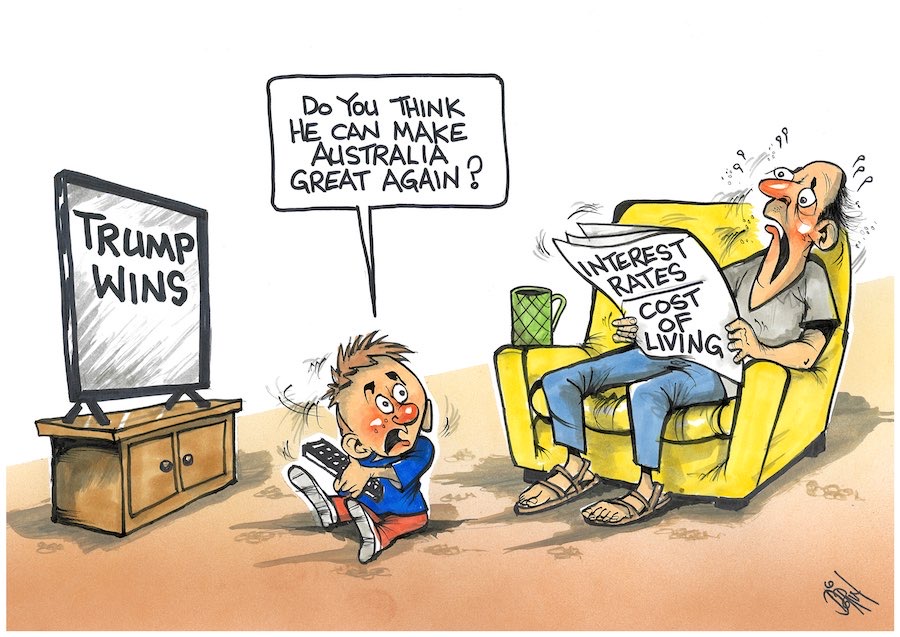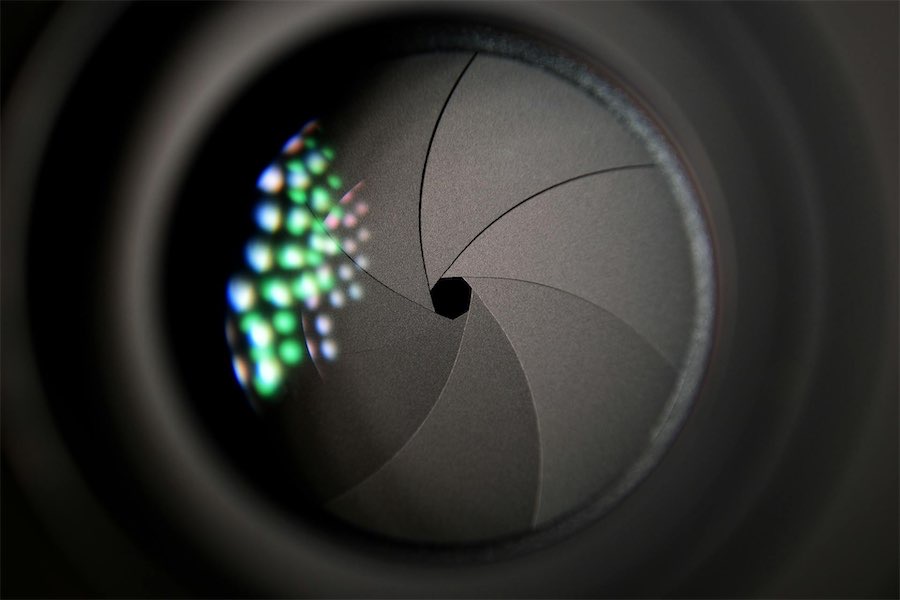
“Cat containment is a welcome… first small step in what must become a national drive to contain – or better still, eliminate – the carnage to native wildlife perpetrated by this imported predator,” says “The Gadfly” columnist ROBERT MACKLIN.
AT last, one Australian government has had the courage to recognise cats as an existential threat to our native wildlife… and to do something about it.

The ACT administration has released a 10-year plan to confine cats to their owners’ homes and set $1600 fines for those who break the rules
Under the plan, all Canberra cats will have to be registered, fitted with microchips and “contained” within the owners’ homes. The containment policy has been tested on 17 suburbs and will be extended to the entire ACT from June next year.
ACT Environment Minister Rebecca Vassarotti said: “Every year, free-roaming but owned Canberra cats are estimated to prey on 61,000 native birds, 2000 native mammals, 30,000 native reptiles, and 6000 native frogs.”
The plan is also aimed at feral cats, with predator-proof fences in the territory’s nature reserves and a determination to “control [them] where feasible”. Presumably, that involves trapping and euthanising them, but the minister was too genteel to spell it out.
Either way, it is a welcome and remarkably brave decision given the powerful cat lobby across the country. But it’s only the first small step in what must become a national drive to contain – or better still, eliminate – the carnage to native wildlife perpetrated by this imported predator.
It must surely be part of the learning experience that so many of us find as we grapple with the concept of an Australia of 65,000 years of history with a little 200-year blip of whitefella settlement on the end.
No doubt we have brought a great deal to the table in that most recent element of the Australian story – especially the astonishing power of science to understand aspects of the world around us and the capacity to live a little longer and in greater comfort. But underpinning our “progress” was a culture of unchecked exploitation of the land with little thought, much less respect, for the people who had tended and revered it as well as the creatures with whom they interacted.
We are now paying the price of our arrogance with fire and flood, drought and cyclonic winds that threaten the very advances that we brought to the great southern land.
Ironically, one of those existential hazards, the coronavirus, gave us the time to think about the country in which we’ve been confined. And instead of splurging our savings on that mirage we call “overseas”, we’ve discovered some of the unexpected delights of Australia, from the dinosaurs of northwest Queensland to the giant forests of southwest WA. In between came the “Uluru Statement from the Heart”.
The movement for Aboriginal reconciliation is much bigger than it first appears. In truth, it’s a journey of discovery that incorporates that Australia the First Nations bequeathed to us, albeit that we ripped it from their hands. What beckons is a coming-of-age for a nation that melds the wisdom of both black and white, that transforms us from a place of multicultural newcomers to Australians one and all.
Incidentally, we already had a native cat before we imported the foreign predator. The spotted quoll flourished in its own evolutionary niche for thousands of years before we arrived. The ferals killed it. And when, quite recently, we tried to revivify the species, they killed it again.
Who can be trusted?
In a world of spin and confusion, there’s never been a more important time to support independent journalism in Canberra.
If you trust our work online and want to enforce the power of independent voices, I invite you to make a small contribution.
Every dollar of support is invested back into our journalism to help keep citynews.com.au strong and free.
Thank you,
Ian Meikle, editor




Leave a Reply